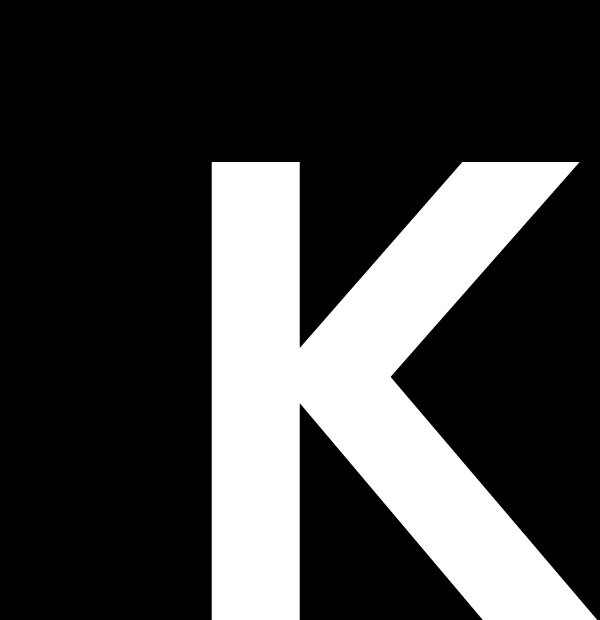Rhonda Smith
Artist Statement
The 12th century Sufi mystic and poet Rumi was devoted to the workings of the universe and forces he could not see. He exudes love. In his poem, Say I Am You, his longing to join everything existing is an indication of how we might repair ourselves and our broken environment. Now in front of us is this extraordinary moment in the 4.5-billion-year history of the earth: we sense that it is the camel going through the eye of the needle. Dealing with Covid was our rehearsal. We almost came to reckon with a Martin Buber I -and -Thou -like ethos, but not quite. Exchange and cooperation are often the norms in nature but we seem surprised to re-discover now that competition is not the sole rule of survival. But this does not fit with our predominant model of colonialism, enslavement, self-serving capitalism, and the environment as our candy store. We could be on the edge of a crumbling cliff with no recourse. For me this picture is only reparable by referring to Rumi and others who long ago understood that separating ourselves from the ways of the universe is the un-making of all that exists.
After presenting three exhibits with an apocalyptic view of our world I have found my inner stamina unable to continuously sustain this outlook. In the poem, Say I Am You, I find a reflection of the other side: a clear pond cradling a parallel world, silent and achingly beautiful.
Several changes have influenced my current work . When I moved from a lifetime of painting some years ago to the world of sculpture I became very excited by the variety of materials available; this new path, from flat to three dimensions, has revitalized my senses. Precision is subjugated to flow. If something doesn’t work it goes on the discard pile and could be rescued later to be absorbed into another piece. Also, during the pandemic I spent a long time in Maine where I renewed the intimate relationship with nature that I had as a child, an essential shift. I have become rather a simpleton with forms, recombining what I see “out there” into presences in the studio. The process of transcription is like looking into that clear pond and acknowledging the dual magic of water as scrim over the objects below and the reflector of the world above. I am realizing that forms are only front- room representatives of what we perceive and that they can hold unseen movements, some of them monumental, some indescribably delicate. How to enfold this? This is the electrifying parallel world, the invisible/visible universe that Rumi felt. How could we not engage?
Artist Bio
Rhonda Smith's work reflects the great aberration of humans destroying nature, the very thing that sustains their bodies and souls. In 2017 she switched mediums from painting to sculpture in order to more widely explore the world of forms. Rhonda Smith's exhibitions include: Solastalgia at Kingston Gallery Project Space, 2021; The Daily Planet, Bridgewater State University, MA, 2020; Oh That Beautiful Planet, What Have We Done? in June 2019, Boston's Kingston Gallery; Walking on Rock and Water, a solo show at U. Mass Amherst's Hampden Gallery, 2017; Schemata, a two person show at the Chandler Gallery Maud Morgan Arts, Cambridge, MA 2016; And There Was Matter, a solo show at Kingston Gallery, Boston MA 2014; Fragile Navigation, a four person exhibit at Danforth Art Museum, Framingham, MA 2012; and Particles and Waves a group exhibit at Iliad Contemporary, NY, NY 2012. She is part of the Boston, MA community of artists and works as well in southern Maine. Her work is in many corporate and private collections. Her education includes a BA from St Lawrence University, Canton, NY and further education at the School of Museum of Fine Arts, Boston, MA, and the Cooperativa Mosaicisti, Ravenna, Italy. She has also been a fellow at the Vermont Studio Center.
Collapse, 2021
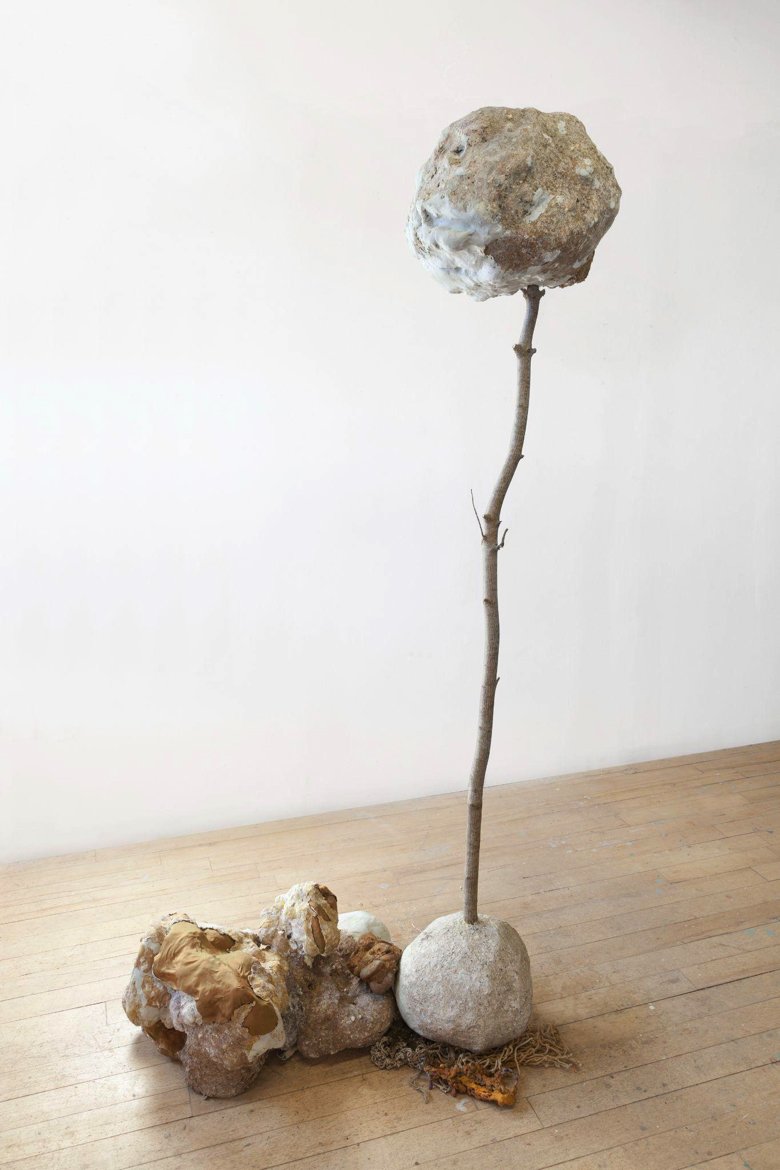
Aberrations, 2022
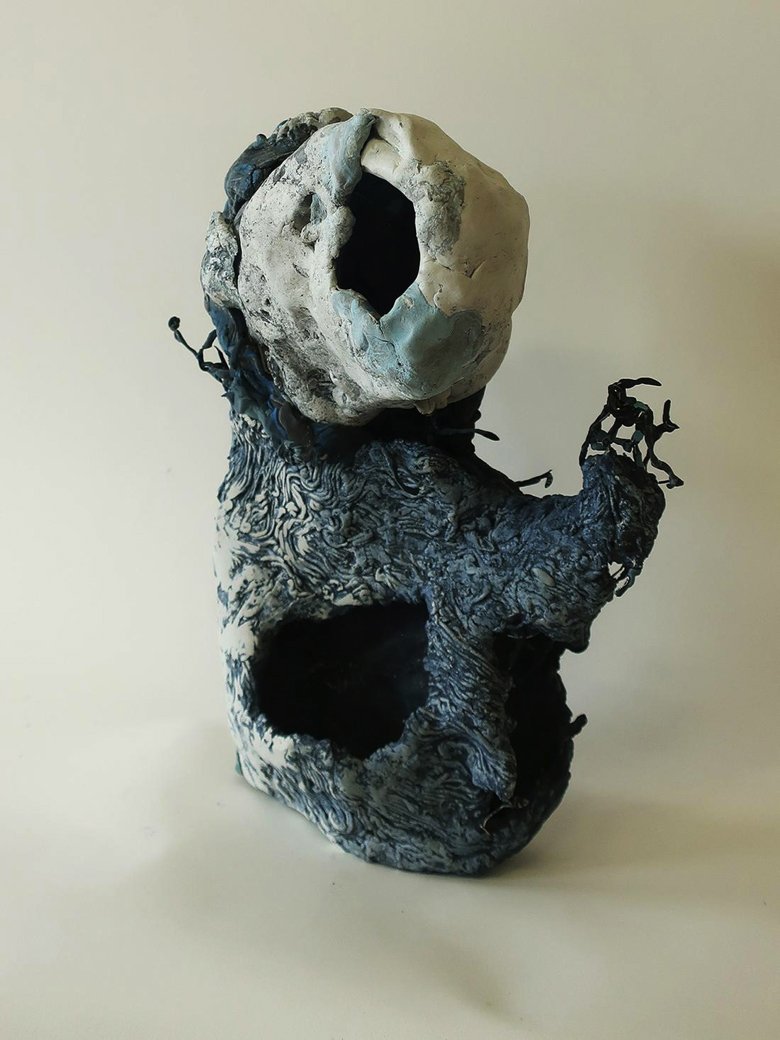
Nest Object: The Duplex, 2021
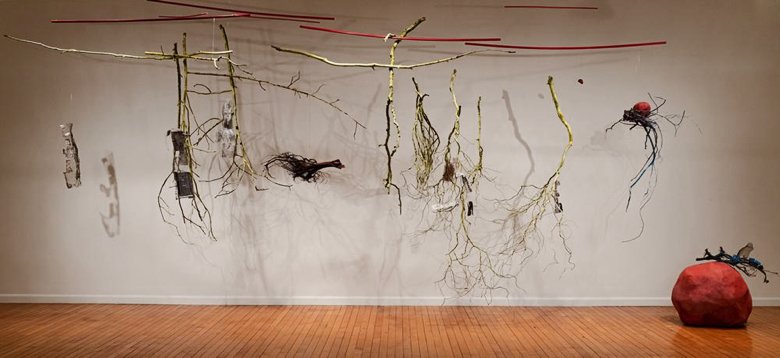
The Daily Planet, 2019
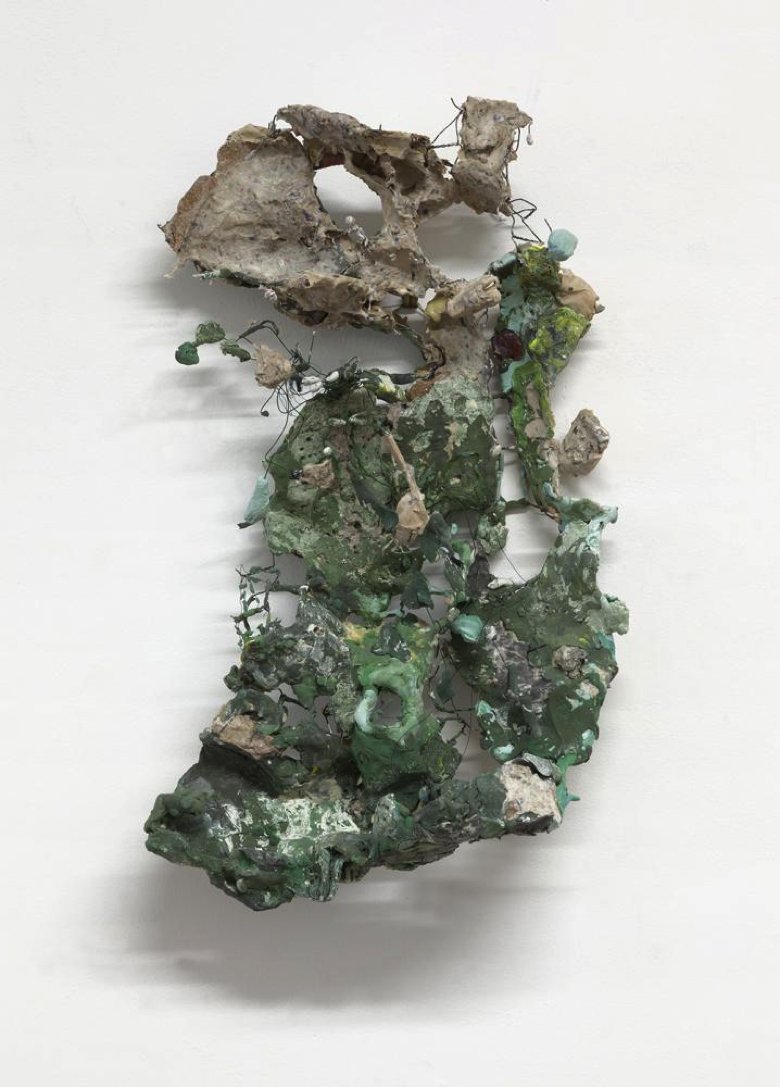
Exuberance, Green, 2021
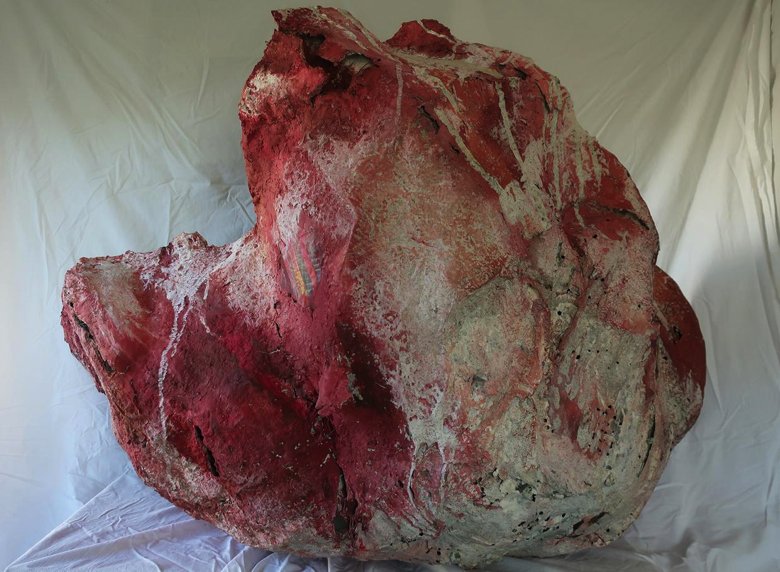
Nest Object: Eagle, Clam, 2021
Three Eyes, 2020
A sculptural creature in the tides (2:05)
Exhibitions
Say I Am You, January 26-February 27, 2022
Troubled Landscapes, group show on Artsy, June 1-30, 2021
On the Surface, group show on Artsy, April 1-30, 2021
Off The Wall, group show on Artsy, March 1-31, 2021
Solastalgia, January 20-February 28, 2021
Layers of Memory, group show on Artsy, January 20-February 28, 2021
Pangaea and Panthalassa, group show on Artsy, September 30-October 31, 2020
Transformations, group show on Artsy, May 28-June 18, 2020
Oh That Beautiful Planet, What Have We Done? June 5-30, 2019
And There Was Matter, December 3-28, 2014
Contact
Press + Media
Ogden, Claire. "Visualizing the Anthropocene: Kingston Artists Look Back and Forward" Kingston Blog, February 21, 2022.
Whitcomb, Robert. "Connectedness of all creation" New England Diary, Januay 14, 2022.
Say I Am You, Press Release, November 29, 2021
Newbery, Emma. "In Conversation: Zanele Muholi and Rhonda Smith." Kingston Blog, March 18, 2021.
Reynolds, Pamela. "At Kingston Gallery, Two Artists Explore Nature's Beauty And Loss." WBUR, The ARTery, January 29, 2021.
Reynolds, Pamela. "10 Art Exhibits To Lighten Up Dark Winter Days." WBUR, The ARTery, January 21, 2021.
"Solastalgia" Press Release, November 20, 2020.
"An Interview with Artist Rhonda Smith." Kingston Blog, June 13, 2019.
Landi, Ann. "And now here's what members have been up to lately…" Vasari21, June 10, 2019.
Gale, Natalie. "Six Must-See Summer Art Exhibitions in and Around Boston." Boston Magazine, May 16, 2019.
Rhonda Smith, Oh That Beautiful Planet, What Have We Done?, in the Kingston Main and Center Galleries, April 16, 2019.
